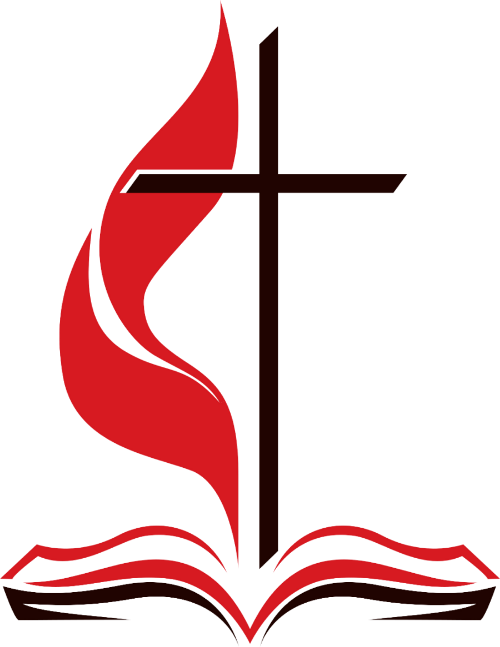What is ‘Trinity Sunday’
Trinity Sunday is the first Sunday after Pentecost to honour the Holy Trinity—the Father, Son and Holy Spirit. Although the word “trinity” does not appear in Scripture, it is taught in Matthew 28:18-20 and 2 Corinthians 13:14 (and many other biblical passages).
The doctrine of the trinity can never be completely understood or rationalized. Still that did not dissuade many from trying to grasp the concept of the Trinitari-an God. Every analogy from water (liquid, solid, and gas) to St. Patrick’s sham-rock falls short of explaining the unexplainable mysterium tremendum of the Trinity.
John Wesley in his reflection of the Trinity used the Greek word perichoresis* to emphasis the social image of God. Think of two words to get at its mean-ing: peri is where we get the beginning of our word perimeter. It means “around.” Choresis is where we get the first part of the word “choreography,” which, of course, is about “dancing.”
So the Greek or Eastern word with which Wesley felt most comfortable when thinking of the Trinity, literally means “Dancing Around.” When we see God as Parent, Child, and Spirit; Father; Son, and Holy Ghost, we see God dancing around in community, with intimacy and unity of purpose – a great model for Christian community that provides a Wesley-an basis for holy conferencing. If God needs to dwell in com-munity how much more so do we?
So, as ‘connectional’ Methodists, we have annual conferences, district confer-ences, local conferences and fellowships. The work of community is also found in Wesley’s class meetings and small accountability groups. This perochoretic image of God is literally in our DNA and especially as it is reflected in our ecclesi-ology, our practice of being and doing church in the world.
In many ways, what we have been discussed reminds me of our new church theme, “Pray to Connect ...” The Trinity models for us that connection, unity, and team work that we should share; ‘One in Three and Three in One’ in a dy-namic relationship. And also as Methodists, to commit ourselves to embracing our Wesleyan and Judeo-Christian heritage as bearers of the Image of God.
________
* A more technical description for perichoresis is permeation without confusion. Other terms to express the idea of perichoresis are indwelling, coinherence, or circuminsessio.
